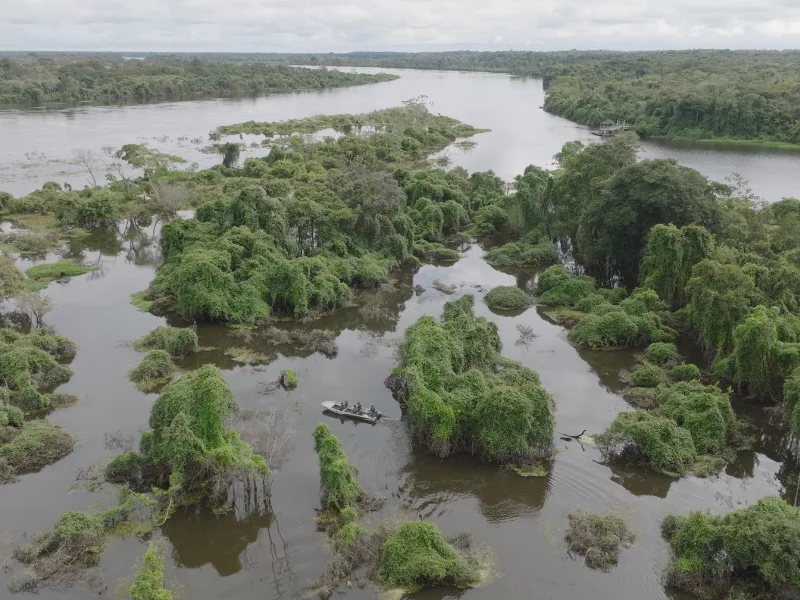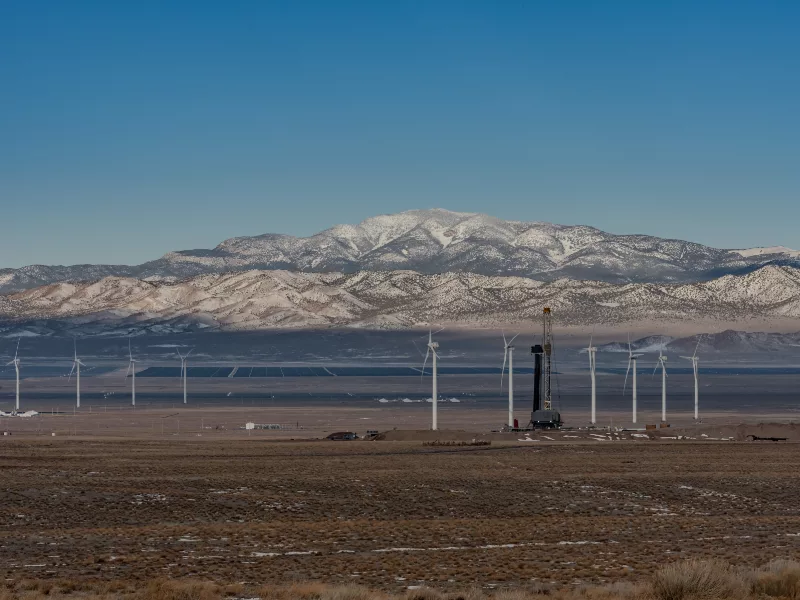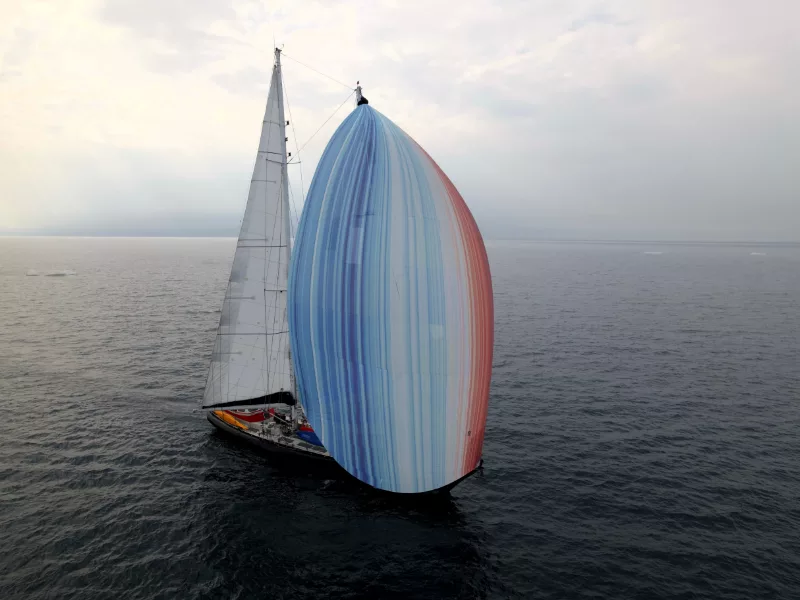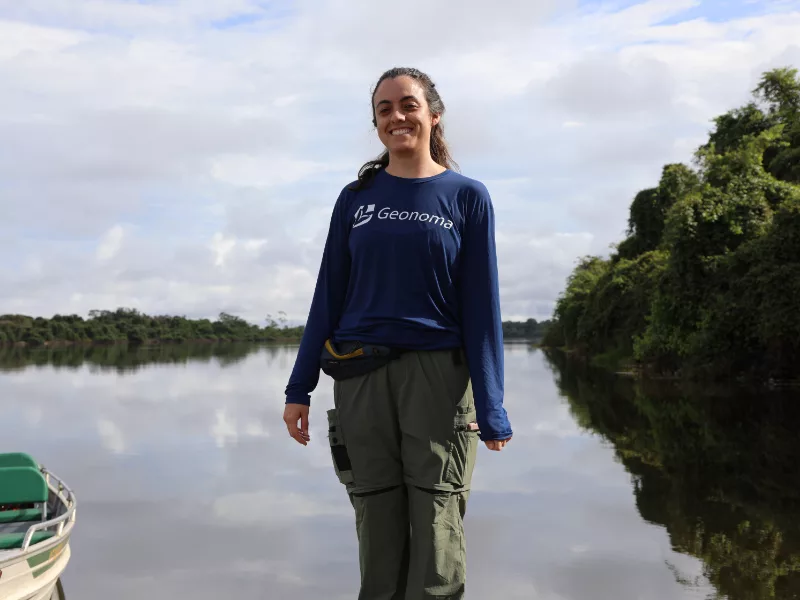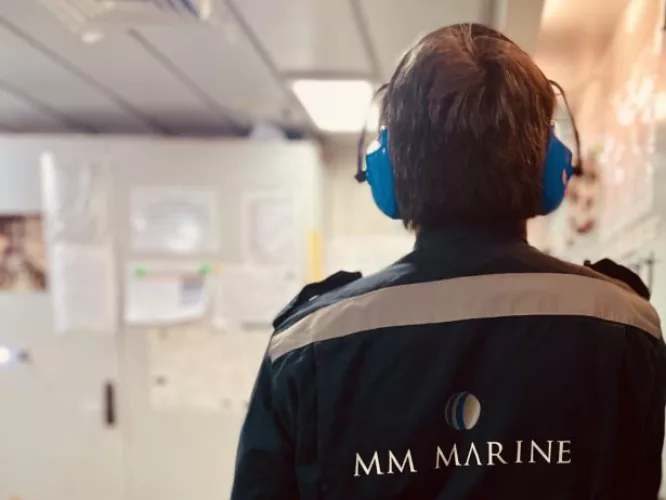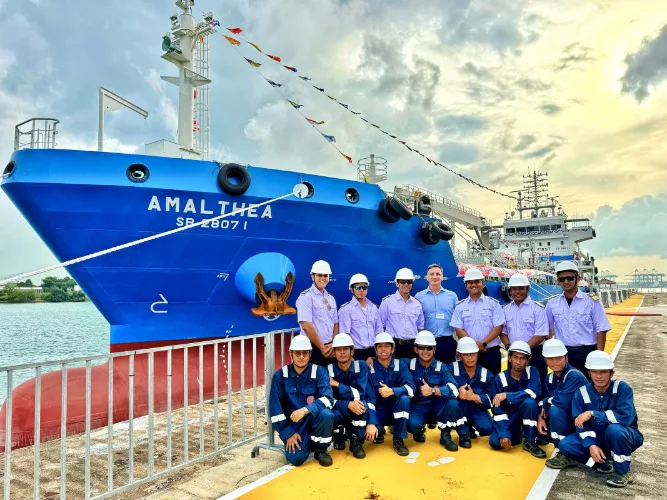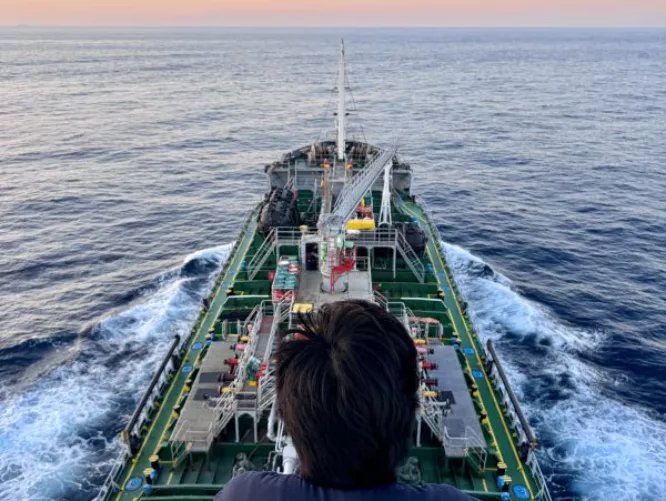Partner Profile
Geonoma
Geonoma, based in Brazil, is an environmental services company specializing in sustainable solutions and biodiversity conservation.
Location
Brazil
Category
Environmental Services
By operating at the intersection of environmental responsibility and economic viability, Geonoma plays a vital role in preserving ecosystems while enabling sustainable development.
With more than 400 projects executed since 2020, the company has helped avoid over 38,000 hectares of deforestation and implemented over 35 ecological restoration projects.
Its services range from carbon credit generation, greenhouse gas inventories, and decarbonization strategies to biodiversity conservation, environmental licensing, and the execution of tailored environmental programs.
Geonoma empowers businesses and communities to face the climate crisis with effective, science-based strategies that deliver measurable economic, social, and environmental benefits.

What does Geonoma do?
Geonoma is an environmental services company and a developer of nature-based solutions projects. With 15 years of experience, Geonoma operates throughout Brazil, carrying out projects in all biomes and regions of the country. With a team of leading experts in sustainability, climate change, and biodiversity, we offer a wide range of services. Geonoma is divided into two departments: the Sustainability Department and the Carbon Department.
The Sustainability Department provides services such as ecological restoration of degraded areas, biodiversity quantification and qualification, environmental consulting for environmental licensing processes, environmental compliance for properties, land-use planning, forest inventories, and natural area management.
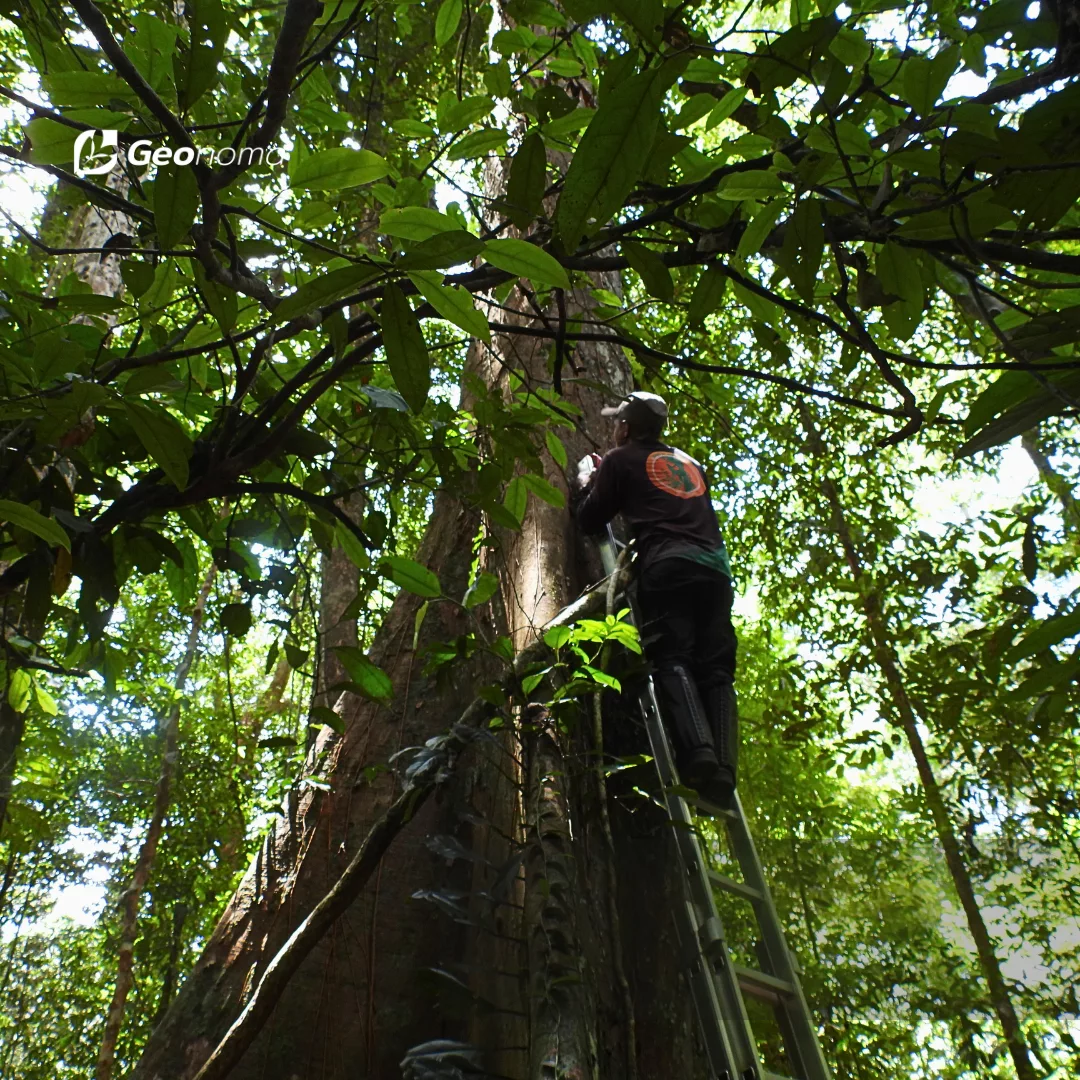
Meanwhile, the Carbon Department is responsible for services such as greenhouse gas emissions inventories, geospatial analyses for deforestation and degradation estimation, biomass and biodiversity quantification, assessment of greenhouse gas stocks and sinks, carbon project development, and research and development in nature-based solutions (NBS) and biodiversity.
Although this division in departments exists within Geonoma, they work in a highly integrated manner, complementing each other. This synergy makes Geonoma one of the most comprehensive environmental companies in the Brazilian market.
What is the role of Geonoma in the state of Tocantins?
The state of Tocantins was the first subnational jurisdiction in the world to submit the TREES Registry Document (TRD) under the ART-TREES standard. This technical document is the first step toward certifying the carbon credits generated by Tocantins’ Jurisdictional REDD (JREDD) Program. Geonoma is the company leading the technical development of the documents required to meet the TREES standard.
Specifically, Geonoma is responsible for all estimates of emission reductions from deforestation and native vegetation degradation in the state of Tocantins. This work is known as MRV (Monitoring, Reporting, and Verification). Additionally, Geonoma oversees the review, validation, and approval of all other contributions from partners and the government in the development of Tocantins’ JREDD program.
Beyond the Jurisdictional REDD program, Geonoma is also developing an ecological restoration program, which includes large-scale restoration initiatives, such as the restoration project for Cantão State Park. Together with the government, we are working to restore thousands of hectares of forests in unique ecosystems of high importance for biodiversity conservation.
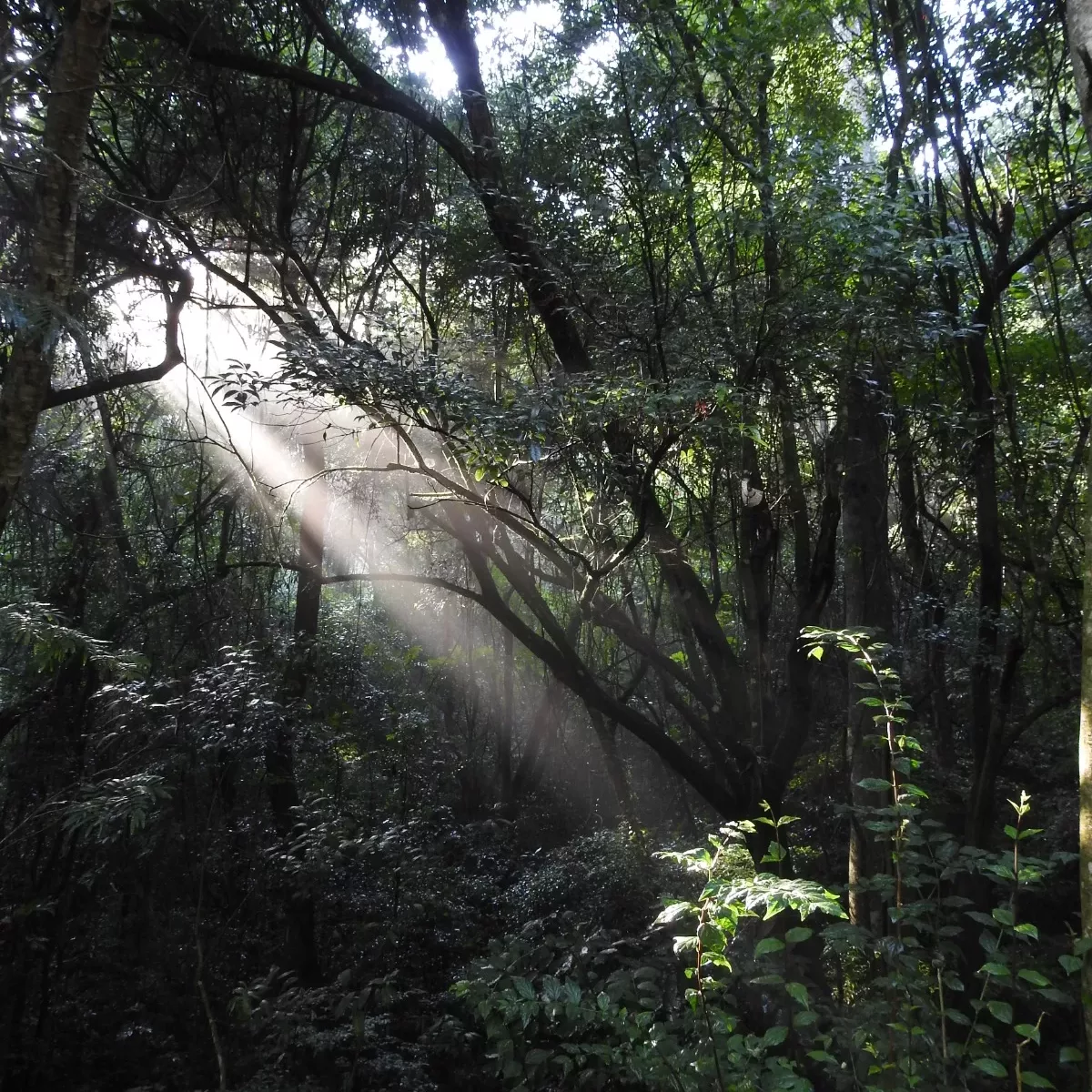
What Monitoring, Reporting & Verification (MRV) work does Geonoma do to support its projects?
MRV is the foundation of a carbon project. This term encompasses all the phases and steps necessary to quantify and estimate emission reductions. In short, MRV is the process of quantifying activity data, emission factors, and their interactions.
In the case of REDD+, activity data refers to the annual amount of native vegetation area that has been deforested or degraded in a certain area. Emission factors represent the amount of carbon stored in the native vegetation where these activities occurred.
However, Tocantins’ Jurisdictional REDD program faces two major challenges: the first is the state’s vast territory—over 27 million hectares, with 11 million hectares of forests. The second is that 90% of Tocantins falls within the Cerrado biome.
Such extensive areas (Tocantins is slightly larger than New Zealand) require processing a massive volume of data. This is only feasible with advanced geospatial analyses, involving extensive validation, review, and quality control processes.

The MRV for Tocantins cannot be implemented using conventional geospatial analyses and spreadsheet-based calculations. Instead, all analyses must be performed using a matrix-based approach, processing data pixel by pixel. For Tocantins’ JREDD program, this means handling over 12 million pixels.
Furthermore, the Cerrado presents a unique challenge when quantifying emissions from degradation. Unlike the Amazon and the Atlantic Forest, where selective logging is a primary driver of degradation, fire plays the dominant role in the Cerrado. This biome has evolved with fire, meaning that fire is both a degradation factor and a natural event that the Cerrado’s vegetation has adapted to and benefits from.
To accurately quantify carbon emissions from fire-induced degradation in the Cerrado, Geonoma applied the most advanced fire modeling system for Brazilian savannas. This model considers fire frequency and recurrence intervals to estimate carbon loss, allowing for a clear distinction between natural fires and those that contribute to degradation. However, incorporating this model added an extra layer of complexity to Tocantins’ MRV.
Despite these technical challenges, the results are of high quality and strongly aligned with the behavior of Tocantins’ native vegetation. The MRV process is undergoing a rigorous uncertainty analysis to ensure statistical confidence in the carbon credit estimates.
In summary, Geonoma’s role in MRV is to generate high-integrity carbon credits, ensuring strong market acceptance.
How does forest protection / restoration help support biodiversity more generally?
It is widely accepted in science that the main threat to biodiversity conservation is habitat loss due to deforestation and ecosystem degradation. The conversion of natural areas into pastures, croplands, mining zones, urban developments, and large reservoirs eliminates habitats – sometimes unique or irreplaceable ones – along with millions of individuals from thousands of species that once inhabited those areas.
Deforestation and degradation fragment habitats, isolating species populations, reducing genetic diversity, disrupting evolutionary processes, and weakening species genetically. Habitat loss occurs over vast areas and has a great potential for species extinction.
Thus, protecting natural areas from deforestation and degradation prevents or mitigates habitat loss. The conservation of tropical forests preserves ecosystems composed of thousands of species and their populations, thereby preventing biodiversity loss.

Ecological restoration, on the other hand, is the process of rebuilding habitats that have been lost due to deforestation and degradation. Its primary goal is to create ecological conditions that allow the return of species that once inhabited the area before land-use changes occurred. By doing so, ecological restoration seeks to reestablish communities and populations of thousands of native species.
Who are Geonoma’s key clients and stakeholders?
Geonoma’s clients and stakeholders vary between its two departments.
In the Sustainability Department, the primary clients are major Brazilian companies in the infrastructure and logistics sectors, such as Arteris, MRS, and Rumo Logística.
For the Carbon Department, the key stakeholders include the state of Tocantins, other states within the Amazon and Cerrado biomes, landowners, and NGOs such as The Nature Conservancy (TNC) and Conservation International (CI).
2024 PARTNER PROFILES
Silvania
Fervo Energy
Ocean Science Expedition
Geonoma
Reporting areas
Governance
Planet
People
Prosperity

